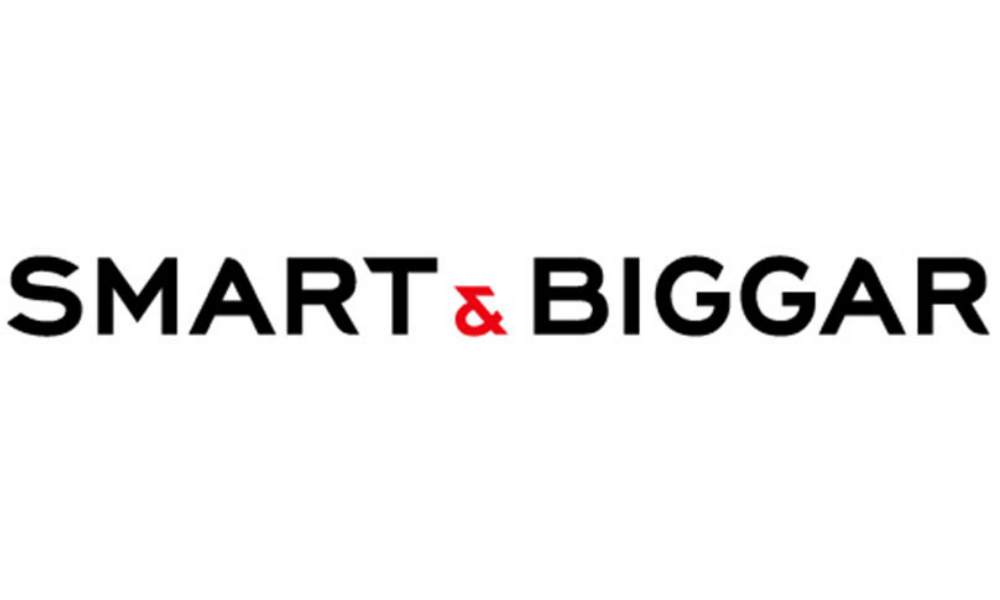Corporate Canada’s record of managing environmental, social and governance — or ESG — issues has taken a bashing recently. In February, a Globe and Mail article noted that female lawyers tend to make less than men, and a subsequent report described Canada’s corporate boards as “trapped in the past” and needing to revamp for the ESG era.
That last article cites a report from the University of Toronto’s Rotman School of Business, “Where are the Directors in a World of Crisis?” whose authors argued that “Canada must upgrade its governance standards or risk being left behind.”
Corporate boards are reacting to social movements such as #MeToo and Black Lives Matter, concerns over pay equity and the environment and increased requirements for reporting and transparency.
“The report was very timely and came with a lot of guidance, a lot of proposals,” says Fabien Lanteri-Massa, a partner at Blake Cassels & Graydon LLP in Montreal. “Each board will look at them and [decide] whether it’s applicable to them, but I think there’ll be a lot of discussion around that report” in the same way a 1994 report by co-author Peter Dey led to much discussion.
“Boards have to react to risks as they are emerging” or place a greater focus on those risks and “I think that’s what they’re doing,” says Carol Hansell, founding partner of Hansell LLP in Toronto, who has an advisory practice to boards, management teams, institutional shareholders and regulators.
Is Canada lagging behind other jurisdictions? Hansell says no, since Canada has different board structures than Europe and a different approach to investors’ relationships. “Institutional investors speak openly in a non-aggressive way,” she says. “The dialogue here is not strained” in the way it can be in the United States.
Some say that Canadian corporations aren’t getting enough credit for what they are doing. For example, in late February, Canadian National Railway announced new ESG measures that included creating an Indigenous advisory council, holding an annual advisory vote on CN’s climate change action plan and a commitment to a board that has at least 50 per cent of the independent directors coming from diverse groups — and including gender parity — in 2022.
Canadian boards face challenges, as do others internationally, in adapting to ESG requirements and new reporting standards. Still, they may also reap benefits that come with compliance, such as financing for “green” businesses.
The connection between ESG, funding and long-term value
Focusing on aspects of ESG risk will lead corporations to look at new markets to grow, assess risk to manage them better and improve operations, as well as ensure there is a robust supply chain, says Lanteri-Massa.
“We have seen with the COVID situation that clearly this is an aspect where there will be a lot of focus because it can define the future of any corporation and the long-term value,” he says.
More and more investors are looking for an ESG strategy from corporations and financial institutions, which are offering new products to corporations meeting ESG expectations.
“ESG will become a requirement, to make sure a corporation puts in place a good strategy to attract investors or to keep their current investors,” he adds.
And new tools for financing projects come from “green funding” — loans and bonds for environmentally sustainable businesses. The Canadian Green Fund, for example, provides funding to low-carbon energy, efficiency, conservation and sustainability projects across the country. Sustainability-linked loans, or bonds, will reward a corporation that meets a target for increasing diversity on its board by adjusting the interest rate, says Lanteri-Massa. The adjustments provide an incentive for companies to get cheaper financing.
New regulations such as the European Union taxonomy for sustainable activities, which use a new EU classification system for sustainable activities, and the Canadian transition taxonomy being developed by the CSA Group (formerly the Canadian Standards Association) will also contribute to sustainable finance’s continued growth, says John Valley, a partner specializing in corporate governance at Osler Hoskin & Harcourt LLP in Toronto.
An increasing number of institutional investors in Canada are now using ESG factors as part of their investment strategy, says Valley. This approach has added pressure on companies for the reporting obligations and increased direct or indirect engagement, including through proxy voting policies. At the same time, he says, it has created an opportunity for companies to better engage with their stakeholders and focus on their organization’s long-term and sustainable value.
Climate change has become such a significant and widely accepted risk that it naturally finds its way into lending agreements, says Hansell. “Lenders want to be comfortable that their borrowers are acting in an appropriate way to challenges facing them.”
Green funds provide some opportunities to invest in portfolios of organizations or issuers leading on the sustainability side. “So, the lenders [investors] are capitalizing on the interest of investors in making sure their portfolio includes the appropriate balance of organizations that have got the right sustainability processes in place,” she says.
Increased regulations, reporting and transparency
In November, eight leading Canadian pension plan investment managers called on companies and investors to help drive “sustainable and inclusive economic growth.” The signatories — including CPP Investments, HOOPP, OMERS and Ontario Teachers’ Pension Plan — asked that companies “measure and disclose their performance on material, industry-relevant ESG factors by adopting the Sustainability Accounting Standards Board (SASB) standards and the Task Force on Climate-related Financial Disclosures (TCFD) framework.”
While the disclosures are voluntary and simply a request from investors, they show “what the market is following” and where investors will be putting their money, says Lanteri-Massa.
With different disclosure frameworks, a more standardized one may be desirable. The next challenge is “when it comes to ESG disclosure, how do we arrive at a standardized methodology or standardized disclosure framework, so that when we’re looking at a public company disclosure, we know that we’re comparing like to like?” asks Ramandeep Grewal, a partner at Stikeman Elliott LLP in Toronto.
“Even though it’s excellent that we’re seeing more robust disclosure in many companies,” she says, “it’s still challenging for investors because of the lack of standardization.”
In addition to the SASB and the TCFD, which are popular in Canada, “a few other frontrunners [will be] emerging in the near future,” including one coming out of the International Accounting Standards Board. And closer to home, Grewal adds, Canada’s Office of the Superintendent of Financial Institutions is looking “at better disclosure coming out of the financial sector.”
There is, of course, substantive risk for public companies if they lack proper oversight and governance, whether that’s over environmental conservation or around diversity issues and human resources. “You need insight on what’s important to your community from [an] ESG perspective,” she says. But another risk lies in not providing adequate material disclosure about information relating to ESG factors so that investors can make an informed decision about an operation, she says.
Diversity and the ‘S’ in ESG
There has been a lot of change and movement concerning diversity since 2014 when the securities law diversity disclosure rules relating to gender came into force, says Valley.
“Osler publishes an annual diversity disclosure report and, since that time, we have seen a slow but steady increase in the number and percentage of women on boards of directors,” he says. “But, disappointingly, what we have not seen is a corresponding increase in the number of women in executive officer positions.” These findings are broadly consistent with what is seen internationally in the U.K. and Australia, he adds.
“Over the past year, we have seen further focus on diversity, and in particular with respect to diversity characteristics beyond gender,” he says. “Black Lives Matter has catalyzed a response that has changed the discourse in meaningful and important ways, including that over 300 Canadian companies have pledged their support to the Black North Initiative.”
As for other ESG issues, diversity issues have garnered increasing attention from regulators and, significantly, from institutional investors and the proxy advisory firms, Valley adds. “Investors are voting their shares based on companies’ performance on diversity issues. This is consistent with broader trends where ESG-related concerns are now influencing expectations and, in some cases, investment decisions, in the market.”
The “social” aspect of ESG includes diversity but, more broadly, attention to human capital, says Grewal. “How your employees are treated, the sustainability of your workforce framework, attention to human rights protection in the supply chain, the communities you work in, the kind of corporate citizen the corporation is. For sure, diversity is top of mind but also mental health and wellness, too.”


.png)


